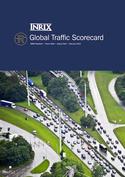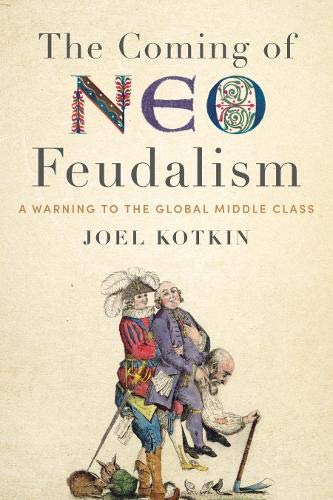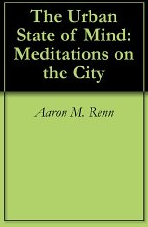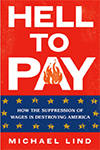The Antiplanner has often called San Jose’s Valley Transit Authority (VTA) the nation’s worst transit agency (with some competition from DC Metro). It would be nice, however, to confirm that with hard data. The question is what are the best ways to measure agency performance? read more »
Transportation
Transit’s Declining Importance
The steady decline in transit ridership, combined with the growth of driving, is revealed in passenger-mile data published by the Department of Transportation. The table below shows changes in transit’s share of motorized travel for the nation’s 25 largest urban areas. Outside of these areas, transit’s share declined by more than 10 percent in Sacramento, San Jose, Indianapolis, Milwaukee, and Charlotte, among many others. read more »
- Login to post comments
Escaping the Strait Jacket of "Place"
We like to think of "place" as something positive, something that sets our patterns of living in a good way, but sometimes those patterns and forms become a strait jacket that keep our communities from evolving and growing. Sometimes you have to throw off that strait jacket, and Seattle, where 150,000 people have moved in the last 20 years, seems to be doing just that. read more »
- Login to post comments
RTD’s Death Spiral
Denver’s Regional Transportation District (RTD) has entered what is known in the transit industry as the Transit Death Spiral. Ridership has fallen 7 percent since 2015. This reduces the funds available to operate RTD buses and trains, so RTD has cut service and increased fares to be some of the highest in the nation. read more »
- Login to post comments
Los Angeles Rail: Ridership Decline Estimated at 42 Percent
The Reason Foundation has just published an important review of transit in Los Angeles County, by transportation consultant Thomas A. Rubin and University of Southern California Professor James E. Moore II. A total of four reports have been released, under the title A Critical Review of Los Angeles Metro’s 28 by 2028 Plan. Links are provided at the end of this article. More reports are to follow. read more »
- Login to post comments
INRIX 2018 Congestion Scorecard
INRIX has released its 2018 traffic congestion numbers for more than 200 urban areas around the world. Unfortunately, the company changed its methodology from previous years, so the numbers aren’t comparable. It also isn’t clear how INRIX ranks congestion.
For example, the INRIX web page notes that, “In 2018, Bogota drivers lost 272 hours due to congestion — more than any other city in the world.” Yet Bogota is ranked number three behind Moscow (where drivers lost 210 hours) and Istanbul (where drivers lost only 157 hours). read more »
- Login to post comments
Airbus A380: Death of the “Plane Born to Die”
Airbus’ cancellation (February 14) of the four engine, wide-body A380 jumbo jet ends the troubled life of a plane that always was too big and out of sync with changing market realities. read more »
- Login to post comments
She’s No Alexander Hamilton
The Antiplanner might be behind the times, but has anyone else noticed that it is the Democrats who are playing the role of Alexander Hamilton — the conservative who wanted to centralize government and concentrate power in New York banks — while the Republicans are playing the role of Thomas Jefferson — the civil libertarian who wanted to keep economic and political power decentralized? read more »
- Login to post comments
This Train Won’t Leave the Station
Governor Gavin Newsom has canceled the bulk of the state’s long-proposed high-speed line between Los Angeles and San Francisco, leaving only a tail of the once-grand project—a connection between the Central Valley’s Merced and Bakersfield, not exactly major metropolitan areas. “Let’s be real,” Newsom said in his first State of the State address. “The project, as currently planned, would cost too much and take too long. There’s been too little oversight and not enough transparency.” read more »
- Login to post comments
Pulling the Plug on HS2 (London-Birmingham High Speed Rail)?
High speed rail may be proposed as a climate change panacea here and elsewhere, but the results on the ground are less than promising. California Governor Gavin Newsom announced this week that the California high speed rail project would be scaled back to the route between Bakersfield and Merced, in the San Joaquin Valley (which the state has enough money for). In his “state of the state” speech the Governor said “…let’s be real. The project, as currently planned, would cost too much and take too long. There’s been too little oversight and not enough transparency.” read more »
- Login to post comments





















